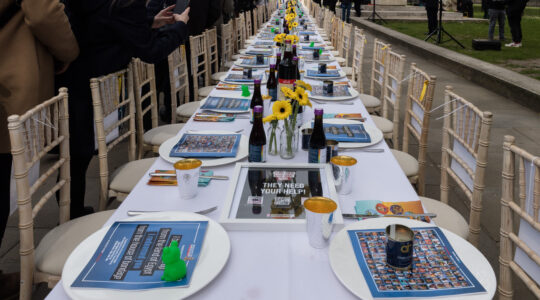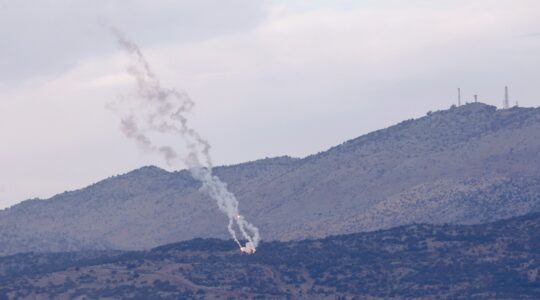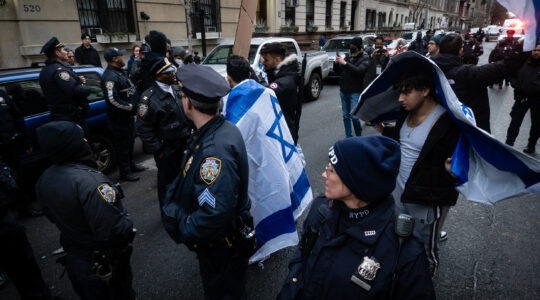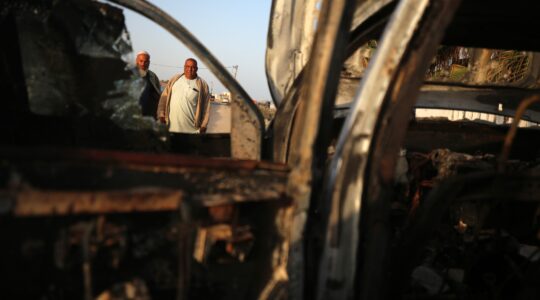Traditionally, the day of Lag B’Omer, the 33rd day in the count from Passover to the holiday of Shavuot, marks the cessation of a plague that killed thousands of students of the Talmudic sage Rabbi Akiva. Over the years, the holiday took on various mystical overtones and customs. Consequently, thousands of Jews flock to Meron in northern Israel to celebrate at the grave of Shimon Bar Yochai, the first century rabbi thought to be the author of the Zohar, the foundational text of Jewish mysticism.
At the turn of the 20th century, Meron celebrations were attracting just a few thousand participants. But in the past 20 years, the crowd has ballooned to over 250,000 and the event has taken on the atmosphere of a massive all-night street festival. The celebration has grown so large that politicians show up to glad hand.
Less well known is considerably smaller but still sizeable celebration each year in Djerba, Tunisia. Djerba Jews, while dwindling in number, claim to have been in Tunisia for over 2,500 years and have their own unique set of Lag b’Omer traditions. Thousands participate in a colorful parade at the ancient El Ghriba synagogue, including a huge candelabrum called the Grande Menara which they walk down the street while women reach out to touch the multicolored silk scarves adorning it. In the back of the synagogue there’s a stone thought to be from Solomon’s Temple on which infertile women place eggs with prayers written on them.
In Israel, because of the custom that the first 32 days of the count, known as the Omer, is a period of mourning, Lag b’Omer has historically been a popular day for weddings. Unfortunately, because the lighting of bonfires is also a common practice, it’s also a day of wildfires and injury. Haredi Jews also sometimes burn Israeli flags.
For the most part though, Lag b’Omer is mostly a day to kick back and have some fun. Or as one JTA reporter said of the Tunisia celebrations, it’s a "Jewish Mardi Gras."





